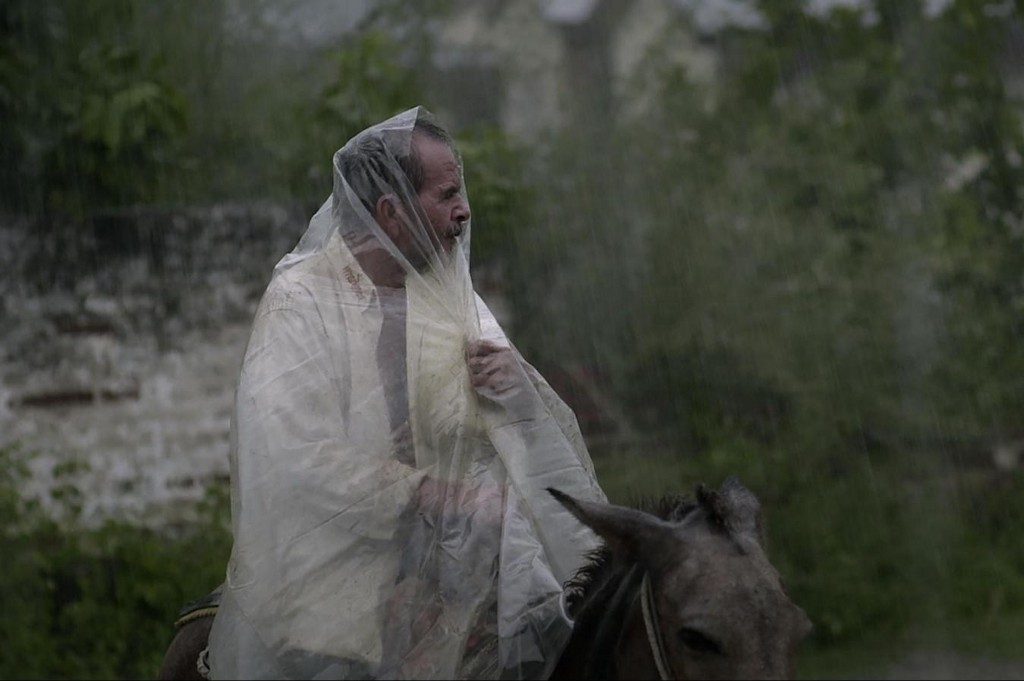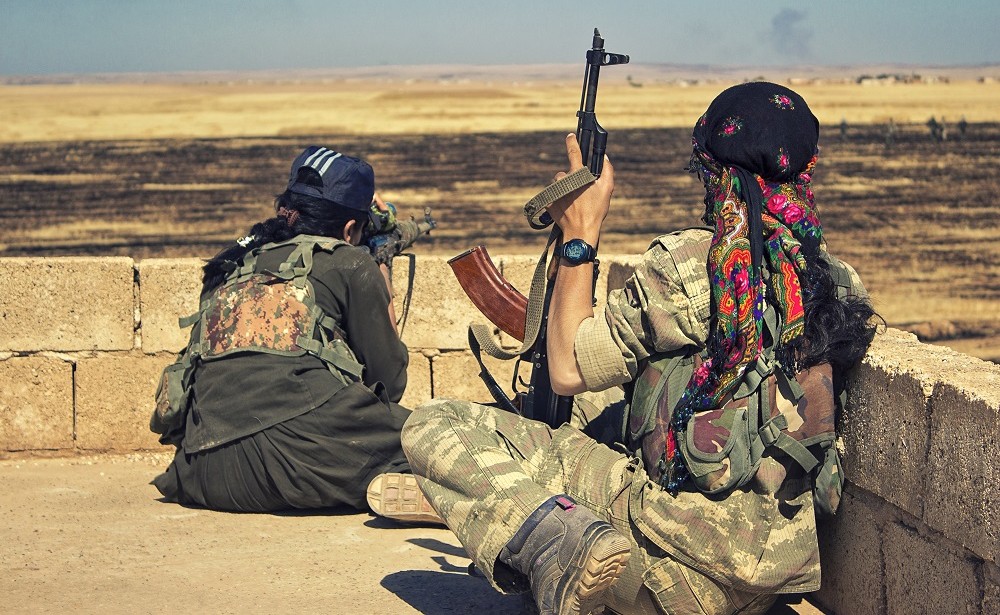Betzabé García’s first feature documentary film, “Kings of Nowhere,” was the
winner of the Program of Promotion of Projects, the Cultural Joint Ventures of
the National Fund for Culture and the Arts (FONCA 2013), and the Cuauhtémoc
Moctezuma-Ambulante Post-Production Grant in 2014. Her short-film “Porcelana”
(2013) won the 12th IMCINE National Short Film Competition and was awarded the
Best Short Film at the 16th Guanajuato International Film Festival (2013), as
well as the Best Short Film at the 1st International Festival of Aguascalientes
(2014).
García’s short film “Venecia, Sinaloa” (2011) was part of the official
selection at the Morelia International Film Festival. She
recently participated alongside artists such as Yoko Ono in the Marathon 89
plus Jumex Foundation for Contemporary Art, curated by Simon Castets and Hans
Ulrich Obrist. García was also nominated for the Rolex Mentor & Scholarship
Protégés Arts Initiative 2014. (Press materials)
“Kings of Nowhere (Los Reyes Del Pueblo Que No Existe)” will premiere at the 2015 SXSW Film Festival on March 15.
W&H: Please give us your description of the film playing.
BG: The film is about three families living in a village that has been partially submerged in water
in northwestern Mexico and, despite their loneliness and fear, refuse to
leave.
W&H: What drew you to the story?
BG: I visited the town of San Marcos, Sinaloa, for the first time
when I was 13 years old with a theatre company (TATIU) that organized plays in
rural and hard-to-reach communities. In 2009, after enrolling in the CUEC-UNAM
film school in Mexico City, I heard that the town had been flooded due to the
construction of the Picachos dam.
I decided to go back to San Marcos, and I began to get to know the people that had stayed in the
flooded town. With the support of the entire community, we produced the fictional short film “Venecia, Sinaloa” (Venice, Sinaloa), which was inspired by the
families that had endured the flood.
During my time there, I often asked myself why some
decided to stay in a town that was flooded, not only by water but also by fear. After the construction of the dam, the submerged town became a breeding
ground for violence. The town’s population decreased from 300 families to only three. It seemed that the flood had become a metaphor for fear.
I then decided to take some time off film school to
make a documentary inspired by the stories of the people that had stayed behind, even in the most adverse conditions.
W&H: What was the biggest challenge in making the film?
BG: San Marcos is not only partly flooded by the dam, but also
besieged by armed groups. Since the people who stayed in town largely avoid talking
explicitly about the killings in the area, the biggest challenge was to show the fear in which they constantly live and confront on a daily basis, as
well as their loneliness.
W&H: What do you want people to think when they are leaving the theatre?
BG: What originally drew me to the story and what continues to cause me to reflect no matter how many times I watch the film are the different existential positions
taken by the main characters when confronted by extreme circumstances. Pani was
ambushed and shot while driving his truck, but instead of leaving, he decided
to stay and rebuild the town. “In life there are no handles, we are floating in
the universe,” says Pani at one point, who tries to grab onto life using his faith.
Everyday,
Miro takes food to a cow that has been stranded on a small island due to the rise of
the tide and feels just as trapped in San Marcos as the animal must feel living on that island.
He feels the urge “to float away” and believes that the town is doomed to be buried in
the mud.
After the exodus of most of the inhabitants, Jaimito and Yoya went from living in a wooden shack to living in the town’s biggest house. They enjoy life as it comes, one day at a time. They all have their own stance on the flooded
town and life in general, whether it is idealistic, pessimistic, or realistic.
W&H: What advice do you have for other female directors?
BG: Follow your intuition and overcome any fears that arise
during the birth and development of a project. Over the course of the five years it took to film “Kings of Nowhere,” many people from the area
were killed or disappeared, gunshots were heard all the time, and the passenger bus we once arrived on was burned. Still, we felt the need to tell the story of
the people living there, so despite it all, we stayed.
W&H: What’s the biggest misconception about you and your work?
BG: When people first hear about “Kings of Nowhere,” they think it is a film about
“victims,” be it victims of the flood or victims of the violence surrounding the area.
However, what inspired me to make this film was the courage and the drive shown by the majority of the
people we encountered during our stay there. They definitely don’t see
themselves as victims. Jaimito, one of the main characters, states that he “becomes God for a while,” and says that the people who chose to move away left because they wanted to.
W&H: How did you get your film funded? Share some insights into how you got the film made.
BG: During the first few years, the project was basically
financed out of pocket with our personal savings. The people of San Marcos offered us a place
to stay and shared their meals with us. Midway through filming, we won the Program
of Promotion of Projects and Cultural Joint Ventures of the National Fund for Culture
and the Arts in Mexico. After that, we won the Cuauhtémoc Montezuma Ambulante
Post-Production Grant, which made it possible to finish the film the way we had envisioned it.
W&H: Name your favorite woman-directed film and why.
BG: My favorite woman-directed film is Paula Markovitch’s “El Premio” (“The Prize”). It is a simple story, but one that has many narratives flowing through it. I am touched by the way the
ocean and the wind reflect the characters’ emotional states.







